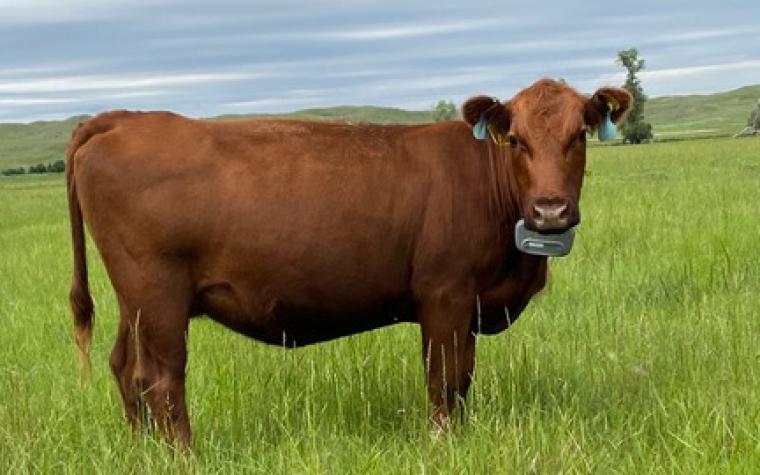Writer
Shelby JenkinsRICHMOND, Mo. – The next session of the University of Missouri Extension Virtual Fence Foundations Webinar Series is noon-1 p.m. Friday, Aug. 29. The free webinar will highlight using virtual fencing on perennial pasture systems.
Chrisee Brandl, MU Extension field specialist in livestock, will discuss how GPS-enabled collars can help producers move livestock with precision, reduce overgrazing and support healthier, more resilient pastures—all without the cost or labor of traditional fencing. “This technology empowers producers to make real-time decisions that support both animal performance and long-term ecosystem health,” she said.
Christine Mushrush will talk through her experiences integrating virtual fencing at Mushrush Ranches in Kansas. “Virtual fence is giving us adaptability we didn’t have before,” Mushrush said. “We already have a long list of things to try, from rehabbing damaged areas of pastures to creating burn areas and improving the forage utilization across our pastures.”
Two more sessions remain in the series:
- Sept. 26: Pasture nutrient management.
- Oct. 24: Producer and provider experiences with virtual fencing.
Register online, or contact one of the individuals below:
- Kaitlyn Dozler, 308-370-1439, kaitlyn.dozler@missouri.edu
- Chrisee Brandl, 573-642-0755, chriseebrandl@missouri.edu
- Shelby Jenkins, 816-776-6961, shelbyjenkins@missouri.edu
- Matthew Jenkins, mjenkins@mofcb.com
Recordings of earlier sessions are available on YouTube: Virtual Fence Foundations Playlist.
